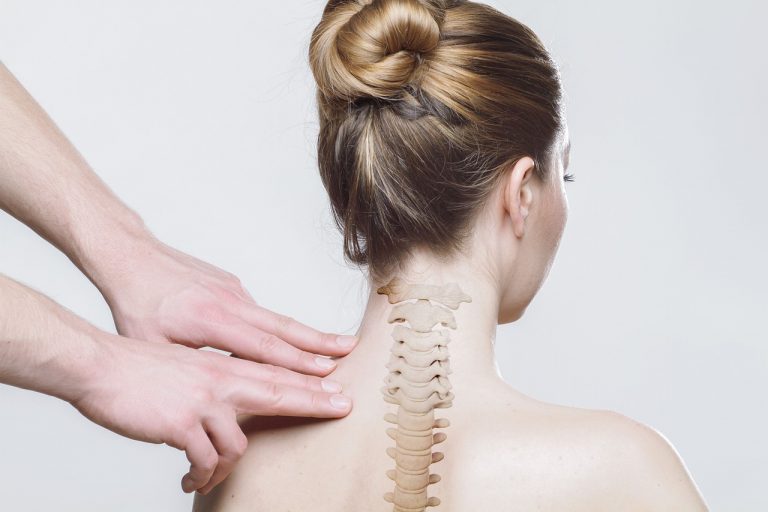
Full Body Massage
The history of massage therapy dates back to 3000 BCE (or earlier) in India, where it was considered a sacred system of natural healing. Used by Hindus in Ayurveda “life health” medicine, massage therapy was a practice passed down through generations to heal injuries, relieve pain, and prevent and cure illnesses. Promoters of Ayurveda believe that illness and disease are caused when people are out of sync with the environment. Massage is believed to restore the body’s natural and physical balance so that it can heal naturally.
As early as the 1700s, “rubbers” (women hired by surgeons to treat orthopedic problems with manual rubbing and friction) were the massage practitioners of the day. By the 1850s, however, “medical gymnasts” used movement and manipulation, as developed by Ling, to do the same thing. Their comprehensive training included anatomy, physiology, hygiene, pathology, and movement perceptions that they practiced in hospitals and clinics.
Curiously, the full-body massage became part of the “rest cure” for the melancholy known as neurasthenia that was popular among society ladies who lived the wealthy life of the late 1800s.
The demand for masseurs and masseuses increased in the early 1900s. By the 1930s, Swedish massage had evolved, and the physiotherapists who used it in regular medicine helped massage therapy to become a legitimate and respectable form of medicine.
Between 1970 and 2000, massage therapy experienced a transformation, as people chose to live healthier lifestyles and preferred more holistic approaches to health care, pain management and restoring and maintaining healthy bodies. Today, many realize that “massage is good medicine.”
